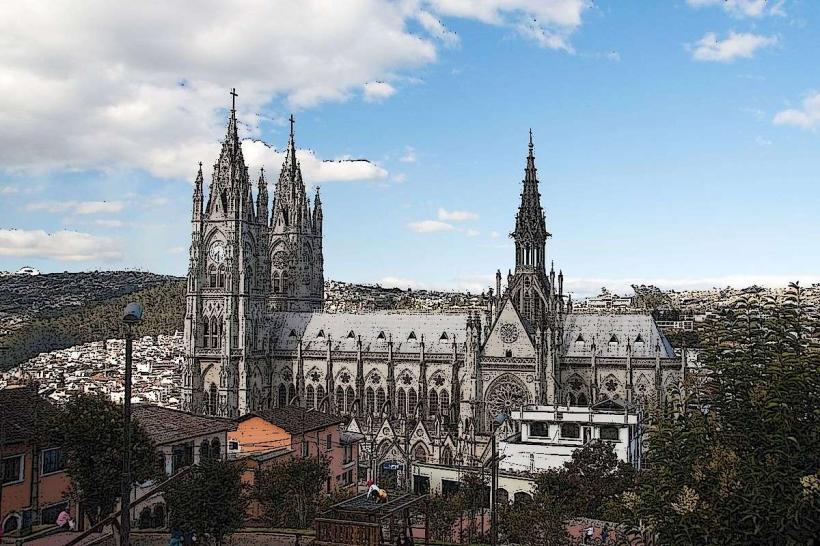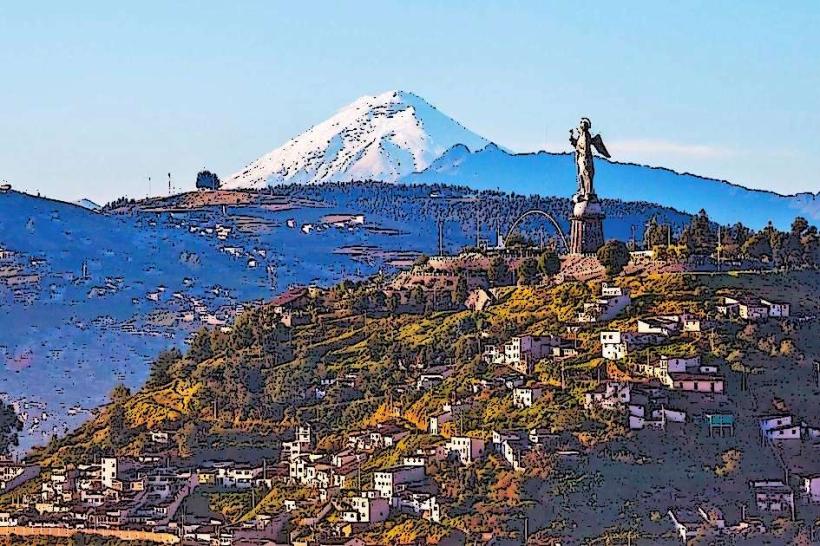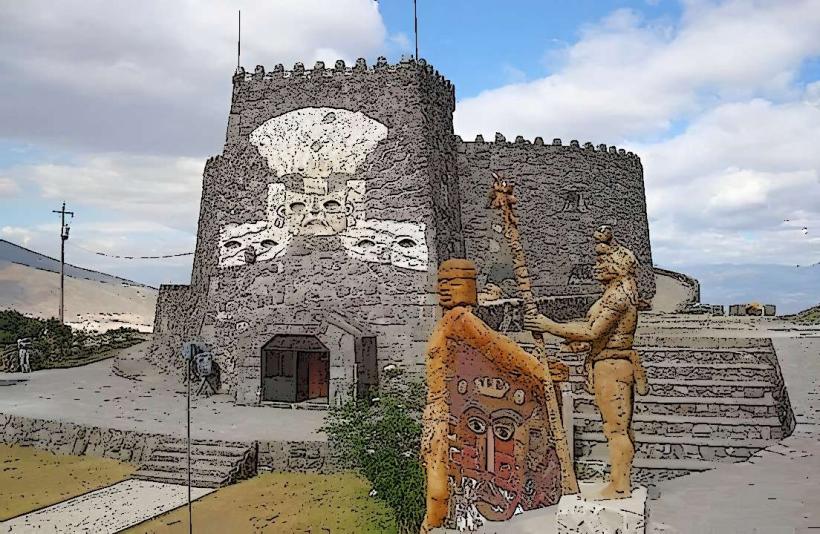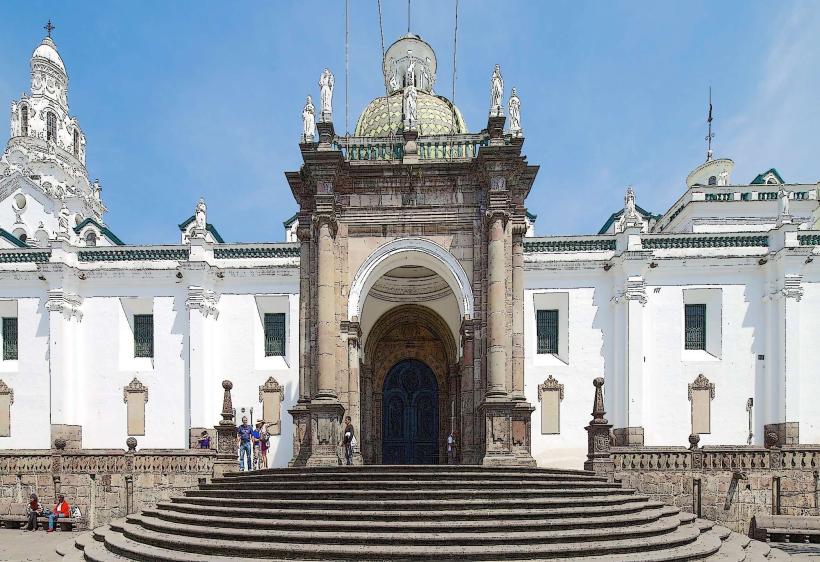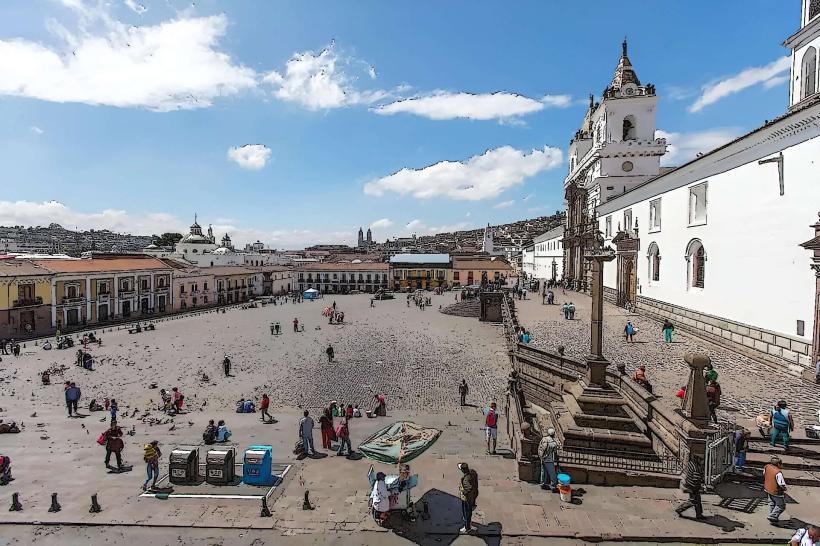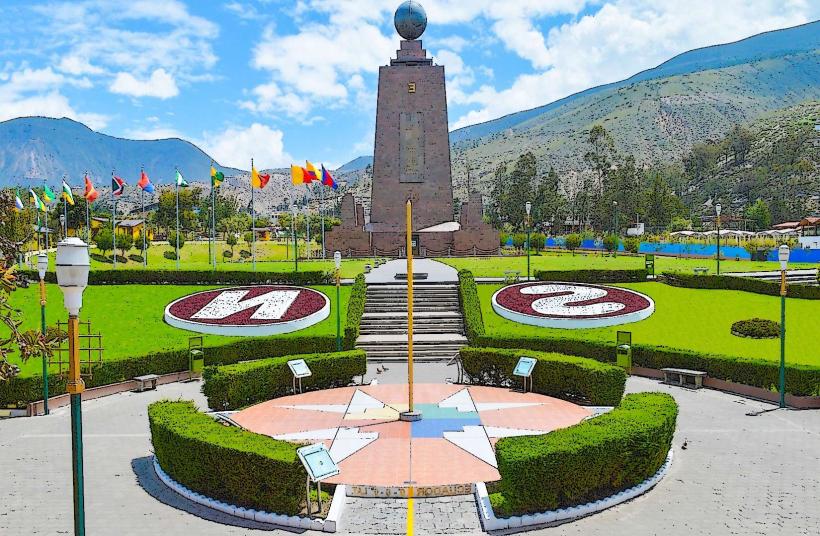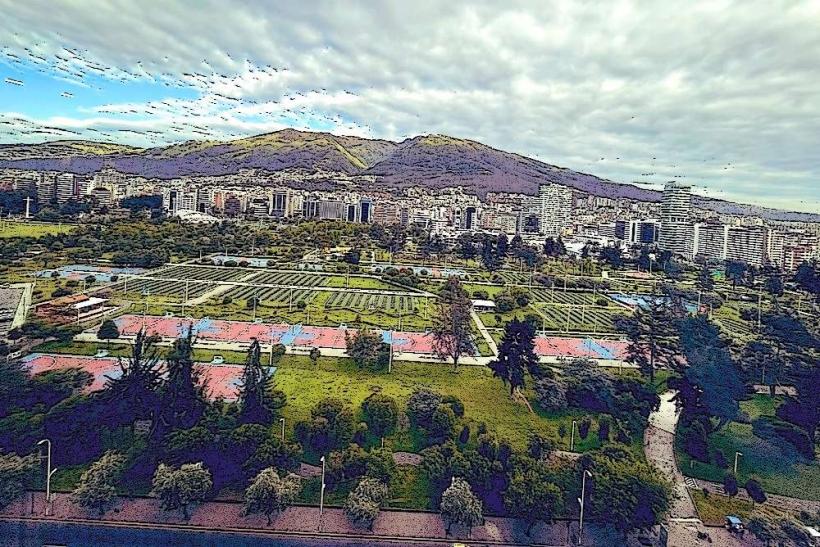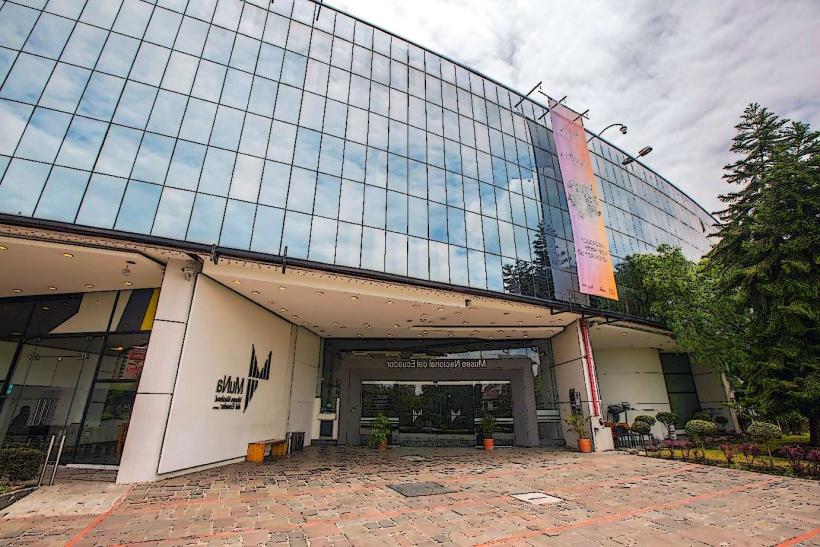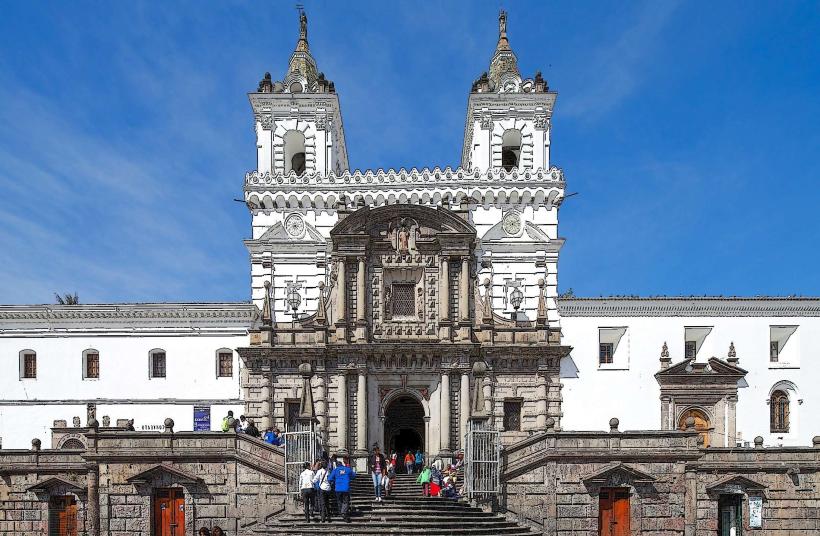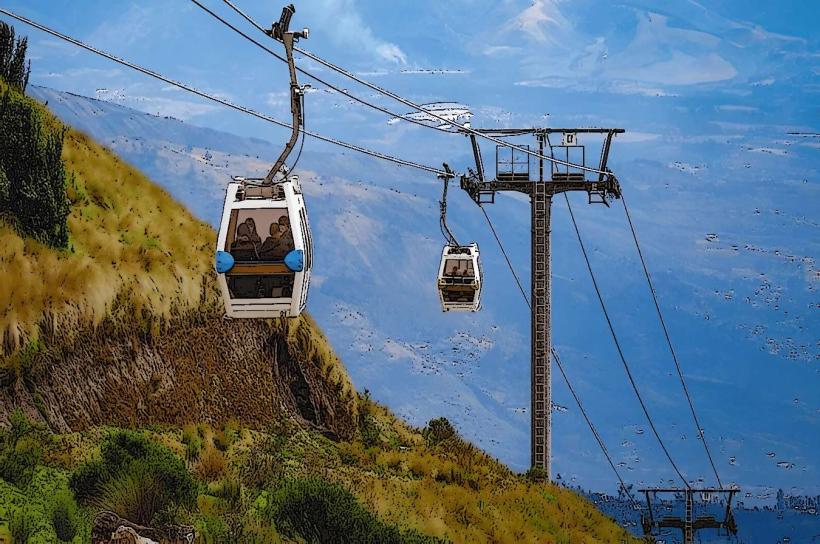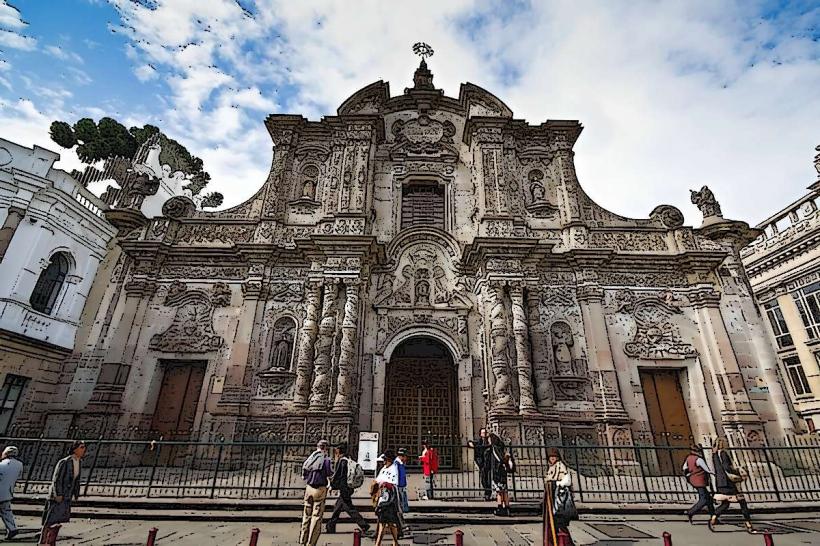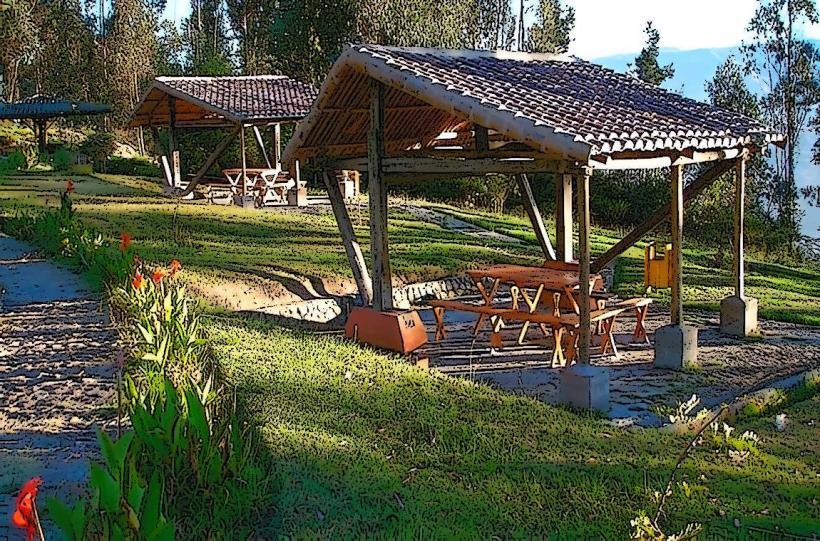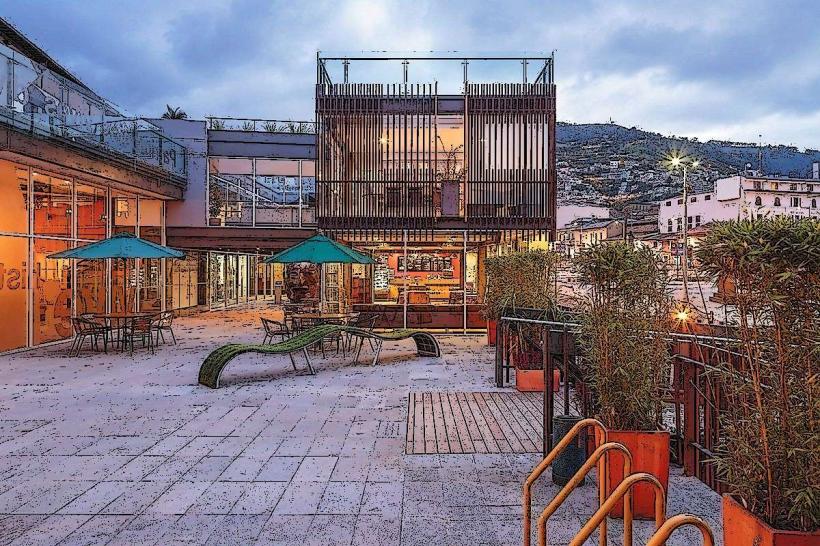Information
Landmark: Centro Histórico de QuitoCity: Quito
Country: Ecuador
Continent: South America
Centro Histórico de Quito, Quito, Ecuador, South America
Overview
Quito’s Centro Histórico, with its cobbled streets and ornate balconies, ranks among the best-preserved colonial quarters in Latin America and holds the honor of being a UNESCO World Heritage Site, furthermore spanning about 320 hectares, the area buzzes with life-historic churches, sunlit plazas, quiet monasteries, rich museums, and grand colonial mansions line its streets.In a way, In this district, Quito’s colonial charm mingles with indigenous roots and Spanish flair, creating a location so captivating you can almost hear church bells echoing through its narrow streets, furthermore quito was founded in 1534, when Spanish conquistador Sebastián de Benalcázar built the city atop an ancient Inca settlement, where stone walls still caught the mountain light.Over the next three centuries, Quito grew into the Spanish Empire’s hub for faith, art, and power, its plazas echoing with church bells and public debate, moreover quito’s historic district was at the heart of Latin America’s fight for independence, where cobblestone streets once echoed with the footsteps of revolutionaries.In 1809, the First Cry of Independence rang out here, making Quito one of the earliest cities in the Americas to defy Spanish rule, and in 1978, UNESCO named Quito’s Centro Histórico a World Heritage Site for its architectural beauty, rich art, and cultural significance, honoring it as one of the world’s best-preserved colonial districts, where balconies still hang heavy with geraniums.In the Centro Histórico, cobblestone streets twist past grand plazas and buildings so well preserved you can almost smell the ancient wood in their doors, likewise colonial churches, quiet monasteries, and grand neoclassical buildings fill the region, each carrying its own story and style-some with faded frescoes still clinging to the walls.Plaza de la Independencia, or Plaza Grande, sits at the heart of the historic district, ringed by Quito’s landmark buildings and shaded by tall palms, as well as the Carondelet Palace, with its white columns and view over Quito’s Plaza Grande, serves as the heart of Ecuador’s government.The Catedral Metropolitana de Quito, among the oldest churches in South America, rises with whitewashed walls that catch the highland sun, meanwhile the Archbishop’s Palace, once home to colonial-era church leaders, still stands with its sunlit balconies and weathered stone walls.The Monument to Independence stands tall, honoring Ecuador’s struggle for freedom, its bronze figures frozen mid-charge, then the plaza bustles with life-street musicians strum guitars, vendors call out their wares, and locals linger to soak in the ancient stone charm, partially Often called the most elegant church in Ecuador, the Iglesia de la Compañía de Jesús dazzles visitors with walls and ceilings shimmering in gold leaf, likewise dating back to the 17th and 18th centuries, this Baroque masterpiece bursts with intricate carvings, vivid paintings, and touches of indigenous artistry, roughly The Basílica del Voto Nacional, a soaring neo-Gothic church, rises high above Quito’s rooftops, as a result with gargoyles shaped like Ecuador’s iguanas and condors, and sweeping views from its towers where the wind tugs at your hair, it’s a landmark you can’t miss, in a sense Plaza San Francisco, with its cobbled stones warmed by the sun, is one of Quito’s oldest landmarks and home to the San Francisco Church and Monastery, standing here since 1534, and the church showcases Moorish-style ceilings, ornate altars, and vivid religious paintings from the Quito School, their gold leaf catching the light.La Ronda is a charming colonial street lined with pastel-painted houses, lively artisan workshops, cozy cafés, and inviting cultural spaces, in conjunction with this part of Quito hums with history, where centuries-historic balconies lean over cobbled streets and the air feels alive with music and chatter.As it turns out, Perched above the historic center, El Panecillo offers sweeping views and a towering silver-toned Virgin Mary statue that glints in the afternoon sun, after that from here, you can take in sweeping views of Quito, with the city’s rooftops stretching below and mountains rising in the distance.In Quito’s Centro Histórico, you’ll find museums that bring the city’s artistic flair, deep-rooted faith, and rich history to life-some even display centuries-vintage paintings that still smell faintly of aged wood, to boot museo Casa del Alabado is a captivating pre-Columbian art museum, filled with intricate pottery and carved stone figures from the indigenous peoples who lived in Ecuador long before the Spanish arrived.Housed in a former 16th-century hospital with thick stone walls, the Museo de la Ciudad traces Quito’s history from its indigenous beginnings through the colonial period and into the republican era, what’s more once a quiet convent, Museo del Carmen Alto now houses colonial-era religious art and artifacts, offering visitors a rare peek into the secluded lives of Quito’s nuns-like the worn wooden rosaries they once held in prayer.In the historic district, you’ll find the rich flavors of traditional Ecuadorian cooking, from steaming bowls of locro in cozy cafés to stalls in bustling markets piled high with fresh herbs and spices, as well as you’ve got to try locro de papa, a rich potato-and-cheese soup that’s often topped with cool slices of fresh avocado.Fritada-tender fried pork paired with sweet corn, golden plantains, and warm, cheesy potato patties called llapingachos, what’s more empanadas de viento-enormous, golden pockets of cheese that crackle when you bite in, finished with a dusting of sugar.Frankly, Canelazo is a steaming, cinnamon-spiced gulp that’s just right for Quito’s crisp mountain air, and you can taste the best of the local flavors at La Ronda or wander through the bustling San Francisco Market, where the air smells of fresh herbs and grilled corn.All year long, the Centro Histórico in Quito bursts to life with religious and cultural festivals, from candlelit processions to vibrant street dances, each reflecting the city’s deep-rooted traditions, also semana Santa, or Holy Week, is a solemn, stirring celebration marked by processions-most famously the March of the Cucuruchos, where participants hike in swaying lines dressed in deep purple robes and hooded masks.It seems, Fiestas de Quito, held on December 6, marks the city’s founding with lively parades, pulsing music, swirling dancers, and the sharp crack of bullfighting in the arena, in conjunction with día de los Difuntos (Day of the Dead, November 2nd) is when families gather to honor their ancestors, filling cemeteries with flowers and sharing guaguas de pan-soft, sweet breads shaped like little dolls.Why not wander through Quito’s Centro Histórico, where church bells echo over cobbled streets, equally important in Quito’s Centro Histórico, you can wander cobblestone streets where colonial facades, indigenous traditions, and traces of Spain flow together as if they’ve always belonged.Mind you, You’ll find breathtaking churches and monasteries, their golden interiors glowing in the dim light, each with its own distinct artistic style, subsequently dive into the culture through its buzzing festivals, quiet museum halls, and the warm spice of traditional dishes.From a sunlit plaza to a windy hilltop or the bell tower’s stone ledge, the views are nothing short of spectacular, what’s more it’s a area alive with color, where ancient stone walls stand beside buzzing cafés and history blends seamlessly with the present.Wandering through this district feels like walking straight into the past, with cobblestone streets and weathered balconies making it one of Quito’s most unforgettable experiences.
Author: Tourist Landmarks
Date: 2025-09-18


